TOI 700 d is the first Earth-size habitable-zone world discovered by TESS.
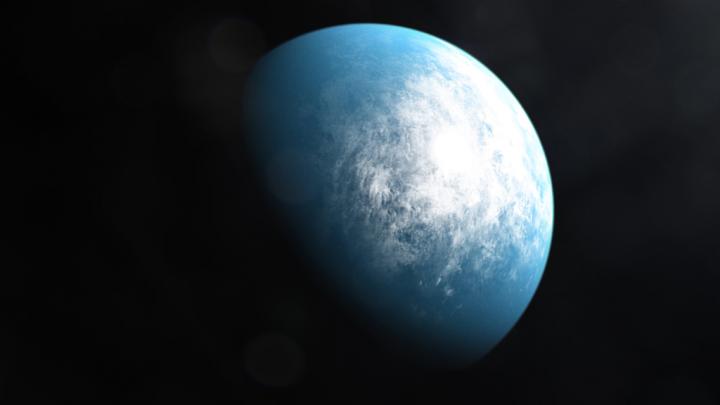

TOI 700 d is the first Earth-size habitable-zone world discovered by TESS.
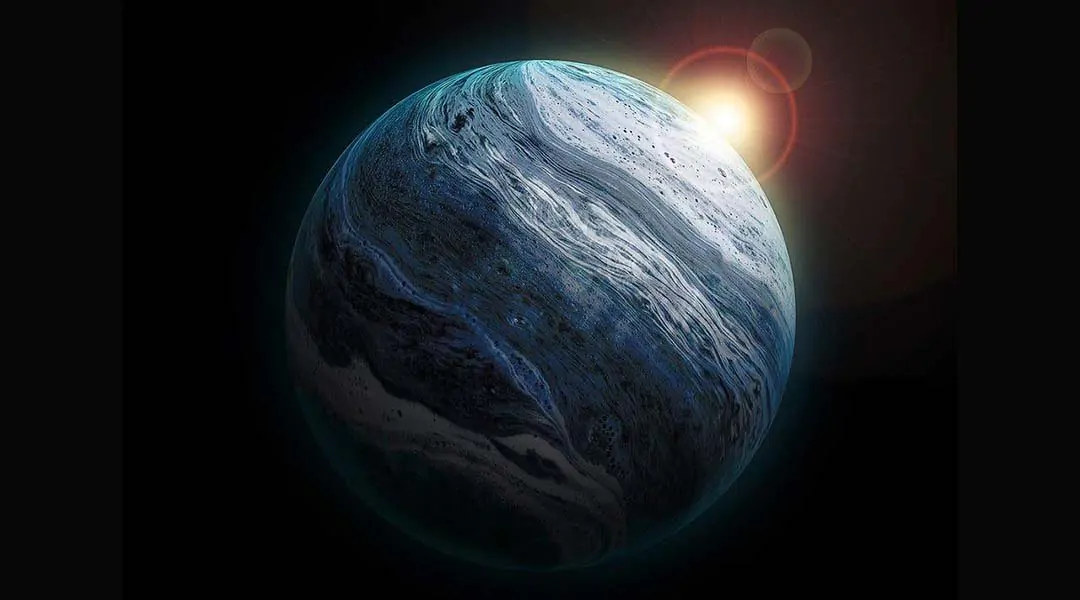
Scientists investigate “hycean” exoplanets with hydrogen-rich atmospheres and liquid water oceans, challenging traditional definitions of habitability.
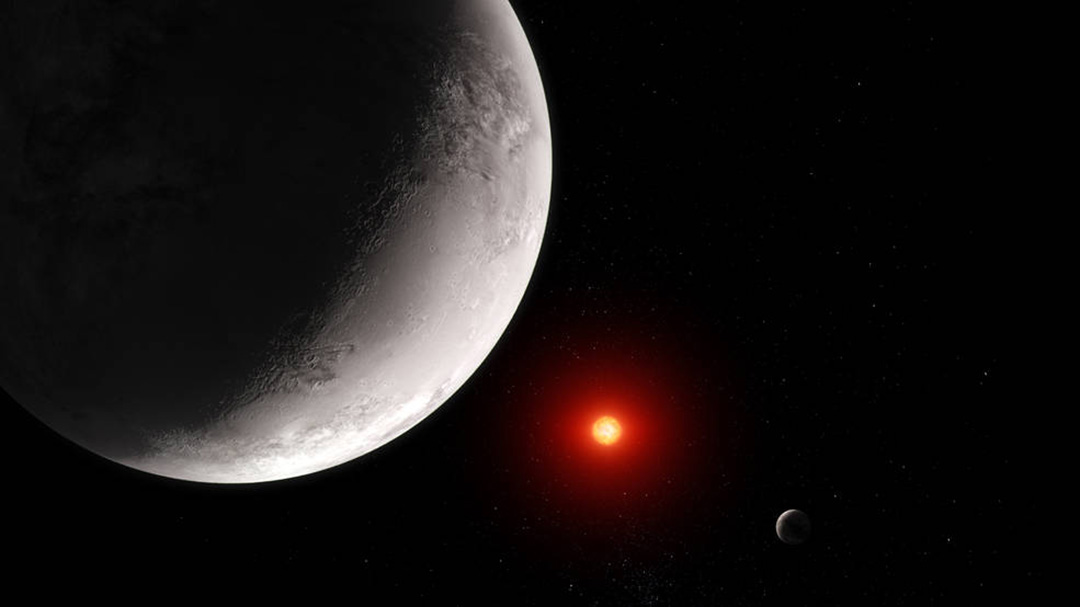
Recent investigations of this rocky exoplanet signify a significant milestone in planetary science and for the James Webb Space Telescope.

While a new model finds life is not responsible for Venus’ odd atmospheric chemistry, the aerial biosphere hypothesis is important in the search for life on other worlds.
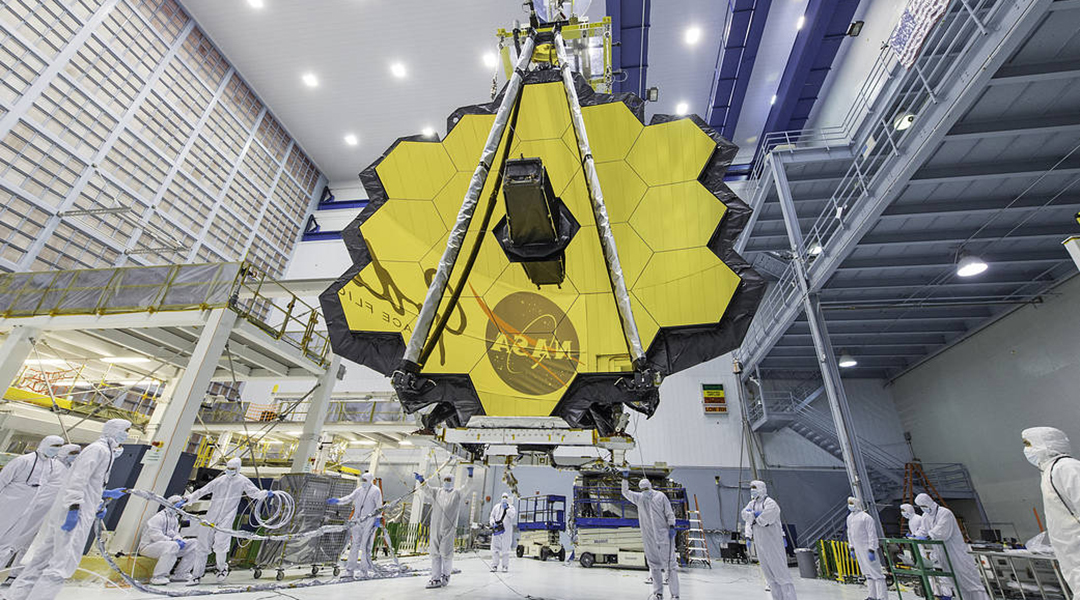
The new James Webb Space Telescope will collect infrared light from distant corners of the cosmos, enabling scientists to see further than ever before.
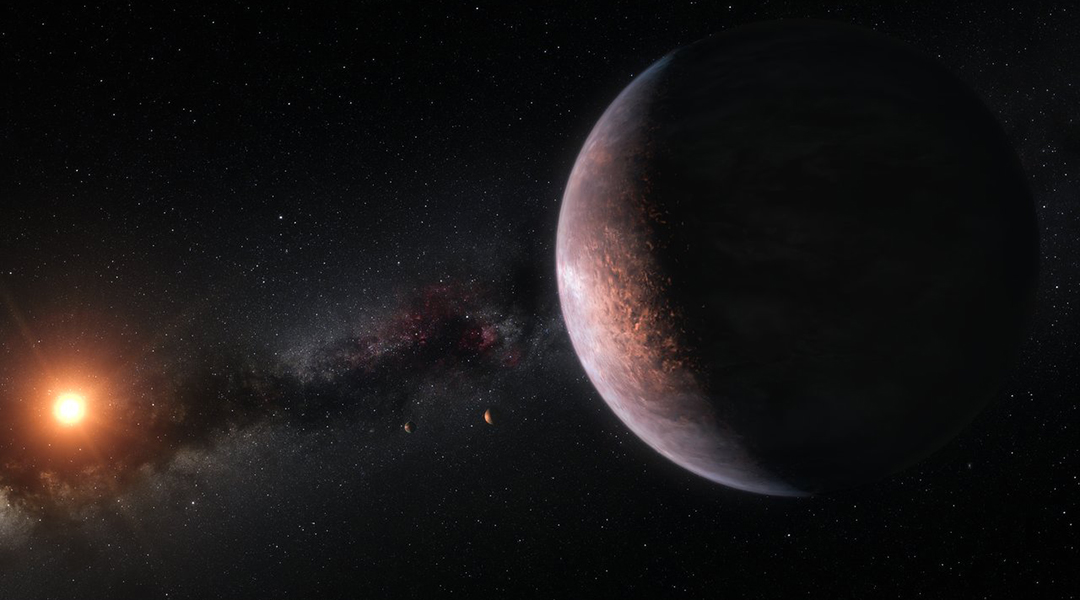
An intriguing thought experiment catalogs which of our interstellar neighbors might be gazing back at us.
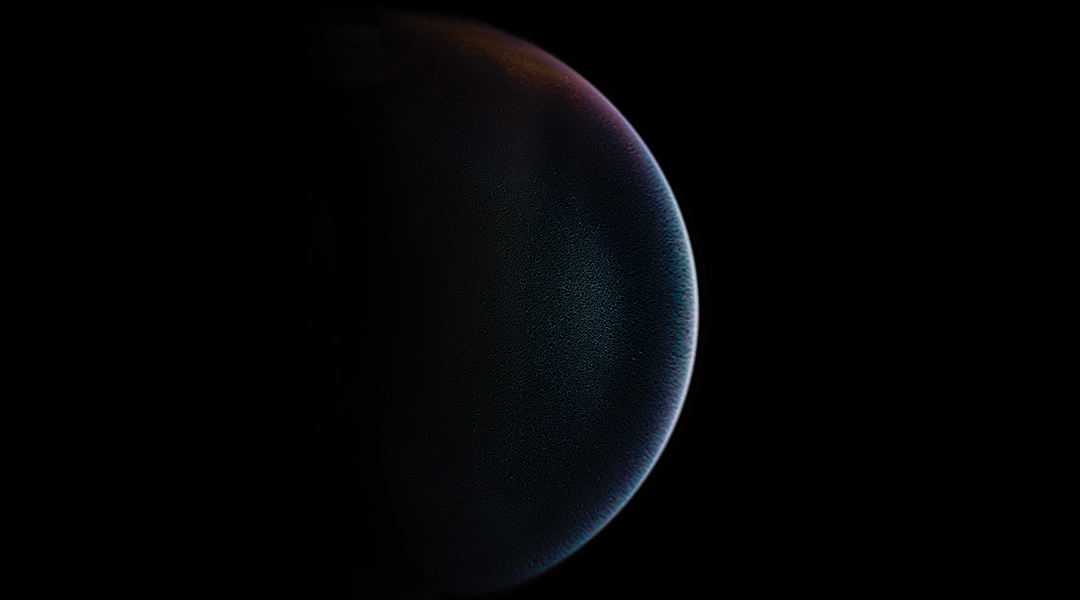
Oxygen is a promising exoplanet biosignature, but several scenarios exist in which a lifeless, rocky planet could evolve to have non-biological oxygen in its atmosphere.
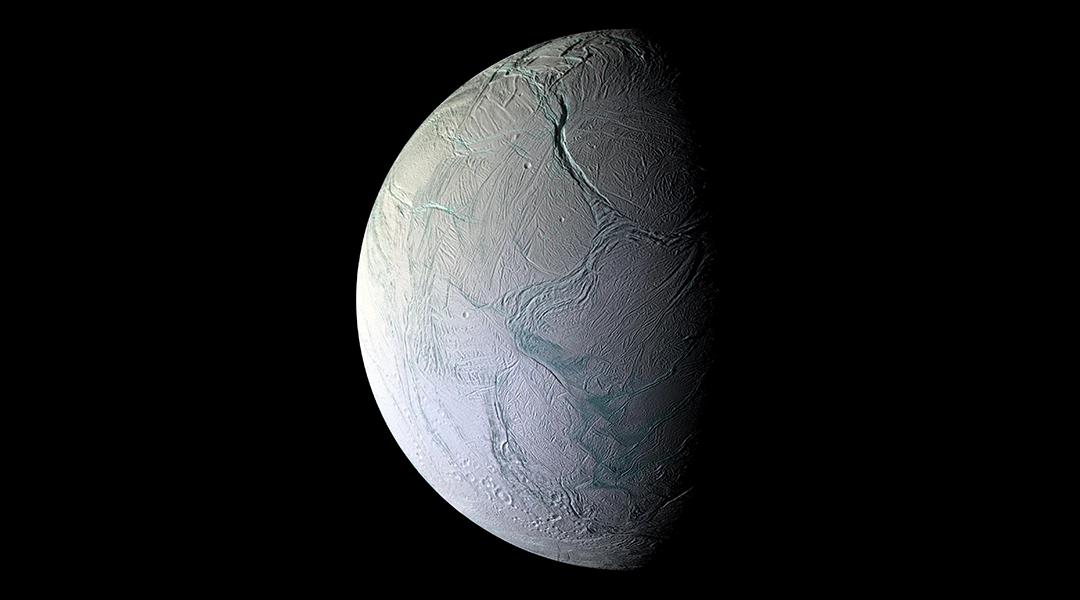
Planets that contain subsurface oceans could be a potential treasure trove of life, expanding the number of habitable planets in the galaxy.
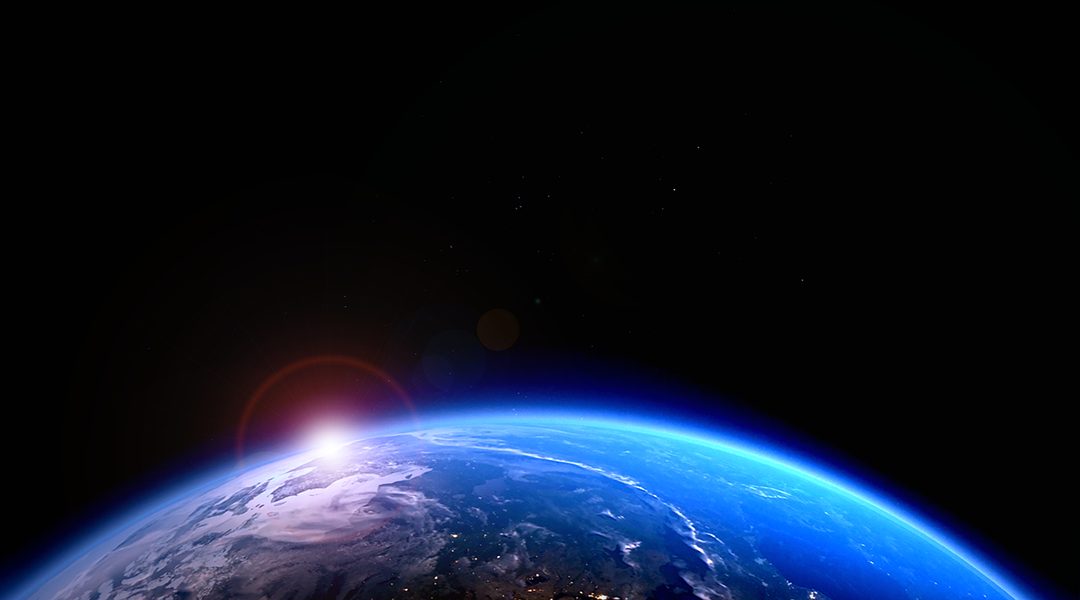
What is the maximum number of habitable planets for a star, and what does this mean in our search for extraterrestrial life?
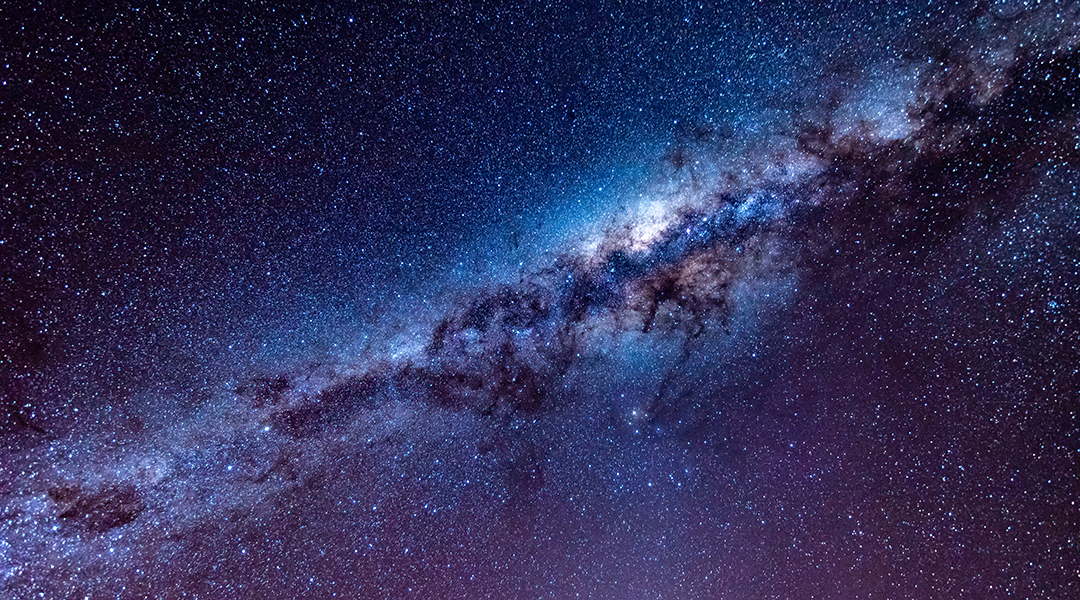
Research sheds new light on our hope of finding intelligent life across the galaxy.